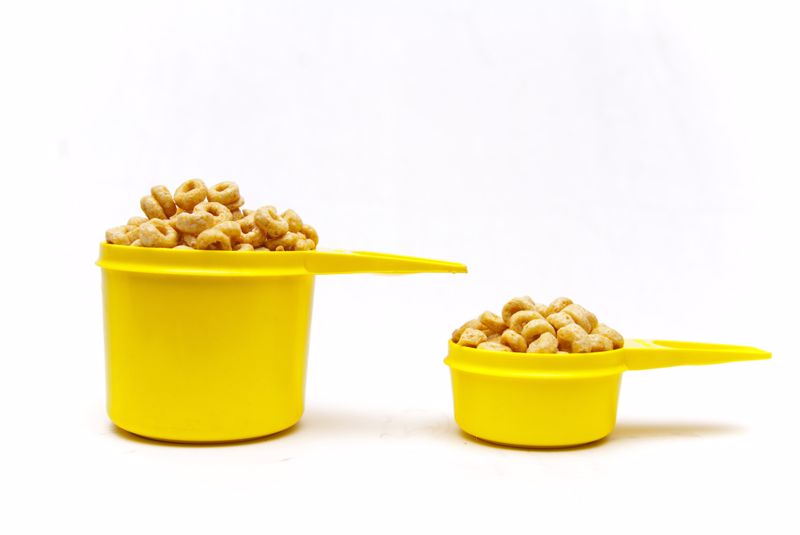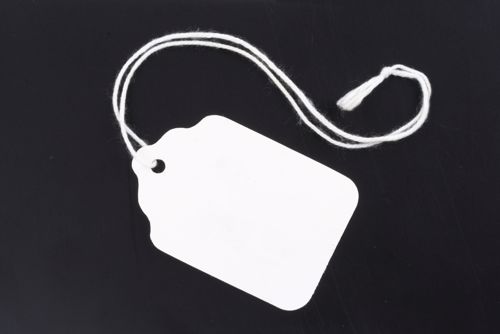For some business owners, the quickest solution to this issue is to raise prices for all their products and services. Most Americans have already seen the cost of certain items tick higher and nearly 80% expect that trend to continue for the next six months, according to a recent Gallup poll.
But if you're looking to avoid causing sticker shock for your customers, while at the same time reining in business expenses, here are a few strategies that may work well.
1. Begin charging for services that used to be for free
If you're in field services, you may have been providing certain services on a complimentary basis, perhaps as a way to boost customer satisfaction or because the cost of the service itself was easily absorbed. You may want to start charging for that formerly free service for the time being. This is something cable providers and exercise equipment manufacturers are doing. For example, Peloton Interactive, which specializes in home fitness equipment like the Bike+ and Tread treadmill, delivered its products to customers' homes and set them up with no additional cost. But in January, the company announced that setup would cost customers $250 for its stationary bikes and $350 for its Tread. Customers have the option to assemble their equipment themselves.

2. Pare down size or volume of items
Another strategy businesses are employing to save on expenses is to reduce the volume of their manufactured products. This has been a common workaround for a number of major food and consumer product manufacturers. For example, a number of cereal makers have opted to reduce the volume of how much cereal comes in each box, a phenomenon known as "shrinkflation." As NPR reported this past July, General Mills has reduced the amount of cereal in its family size boxes for kids' favorites like Cocoa Puffs, Apple Cinnamon Cheerios and Reese's Puffs. Boxes that were 19.3 ounces now come in at 18.1 ounces.
Proctor & Gamble has taken similar measures. As MousePrint reported in December, some of its Crest toothpastes are now 3.8 ounces instead of 4.1 ounces. Transparency is important, which is why companies that go this route are sure to update the specifications of their boxes when the volumes have changed.
3. Charge more for less popular or 'special' offerings
From soft drink distributors to baked goods producers, many companies offer more than one flavor of a given soda, bread or dessert. But their main offering is typically what sells the best. Instead of charging more for the most popular item, you may want to charge more for alternative flavors or "special editions." This is something big box retailers are doing since they're the ones that establish price points. According to The Wall Street Journal, Target is selling limited-edition Oreo birthday chocolate confetti cake cookies, which come in 24-count packages, for $3.79. Meanwhile, Oreo's Double Stuf offerings sell for 10 cents less, even though there are 30 cookies per pack.
These are a few alternative ways to adjust to the current inflationary environment without charging more for base prices.



Post A Comment:
0 comments so far,add yours